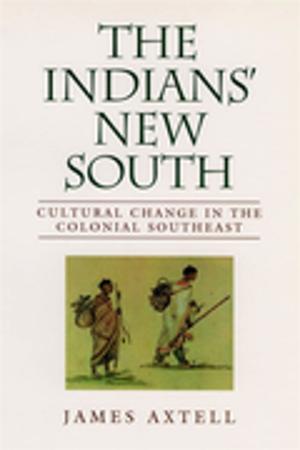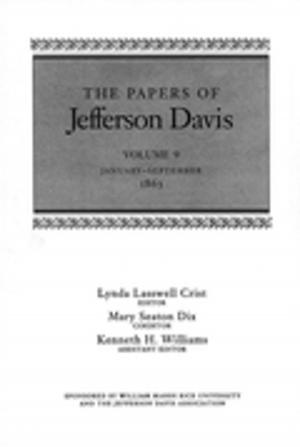Masters of the Big House
Elite Slaveholders of the Mid-Nineteenth-Century South
Nonfiction, History, Americas, United States, 19th Century| Author: | William Kauffman Scarborough | ISBN: | 9780807156018 |
| Publisher: | LSU Press | Publication: | April 1, 2006 |
| Imprint: | LSU Press | Language: | English |
| Author: | William Kauffman Scarborough |
| ISBN: | 9780807156018 |
| Publisher: | LSU Press |
| Publication: | April 1, 2006 |
| Imprint: | LSU Press |
| Language: | English |
William Kauffman Scarborough has produced a work of incomparable scope and depth, offering the challenge to see afresh one of the most powerful groups in American history -- the wealthiest southern planters who owned 250 or more slaves in the census years of 1850 and 1860. The identification and tabulation in every slaveholding state of these lords of economic, social, and political influence reveals a highly learned class of men who set the tone for southern society while also involving themselves in the wider world of capitalism. Scarborough examines the demographics of elite families, the educational philosophy and religiosity of the nabobs, gender relations in the Big House, slave management methods, responses to secession, and adjustment to the travails of Reconstruction and an alien postwar world.
William Kauffman Scarborough has produced a work of incomparable scope and depth, offering the challenge to see afresh one of the most powerful groups in American history -- the wealthiest southern planters who owned 250 or more slaves in the census years of 1850 and 1860. The identification and tabulation in every slaveholding state of these lords of economic, social, and political influence reveals a highly learned class of men who set the tone for southern society while also involving themselves in the wider world of capitalism. Scarborough examines the demographics of elite families, the educational philosophy and religiosity of the nabobs, gender relations in the Big House, slave management methods, responses to secession, and adjustment to the travails of Reconstruction and an alien postwar world.















